Unforgettable History
by+Xiao+Bian
The year 2015 marks the 70th anniversary of the Allies victory in World War II as well as the Chinese Peoples War of Resistance Against Japanese Aggression(1937-1945), the largest anti-invasion war in Chinese history. The war broke out as the Japanese army invaded the country, with the Chinese mainland as the major battlefield. After a long series of Japanese defeats, Tokyo finally declared unconditional surrender on August 15, 1945.
The July 7 Incident of 1937, also known as Marco Polo Bridge Incident, marked the start of the Chinese peoples war against Japanese aggression across the country as well as the beginning of fullscale invasion of China by Japan.
At about 11:00 p.m. on July 7, 1937, Japanese forces maneuvered near the Marco Polo Bridge in southwestern Beiping (now Beijing), demanding permission to enter Wanping Town to search for a missing soldier. The request was refused by Ji Xingwen, commander of the 219th Regiment of the 37th Division, 29th Army. The Japanese army opened fire on the defending Chinese troops and bombarded Wanping. The 219th Regiment fought against the invading army, leading to the outbreak of the July 7 Incident of 1937.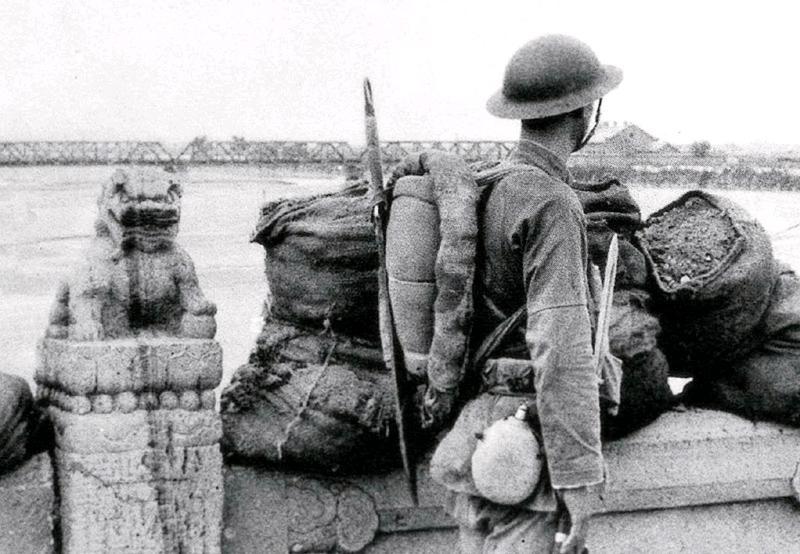
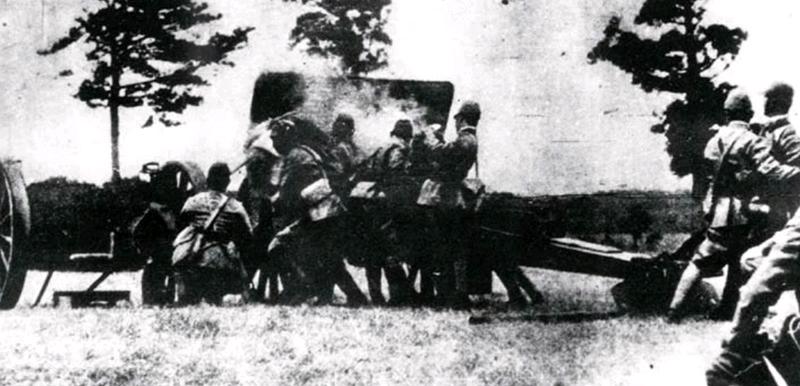
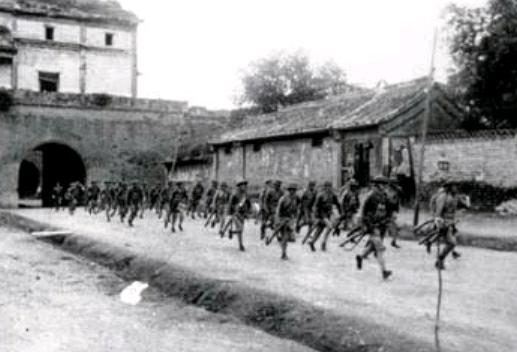
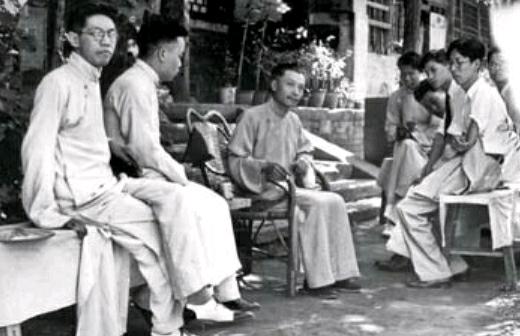
The day after the Incident, the Central Committee of the Communist Party of China (CPC) spread the word to the whole country, calling for a “nationwide war of resistance against Japan” and urging citizens to “never let the Japanese imperialists occupy an inch of the Chinese territory!”The national government also gave orders“to defend Wanping tenaciously and hold the Marco Polo Bridge and Changxindian at all costs.”
The incident proved like a fuse, exac- erbating Japans regional warfare in northeastern China that had been ongoing for a few years into all-out war against China, igniting flames of World War II in the Orient and leading to an eight-year Chinese war against Japanese aggression.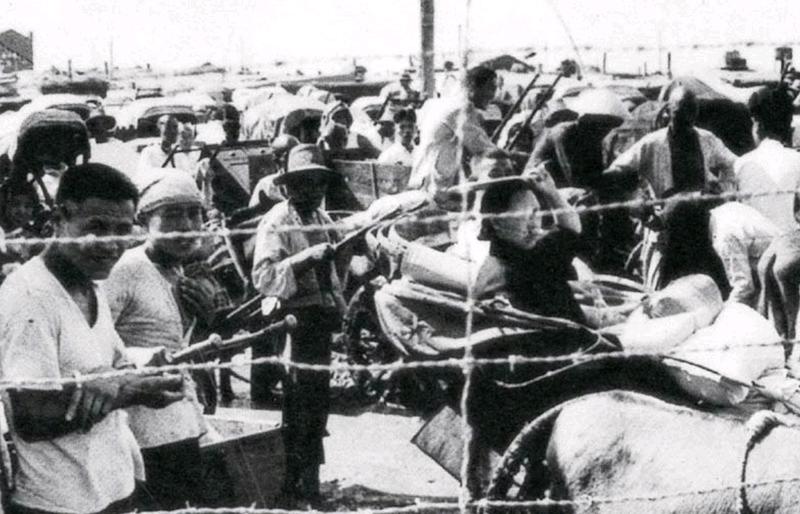
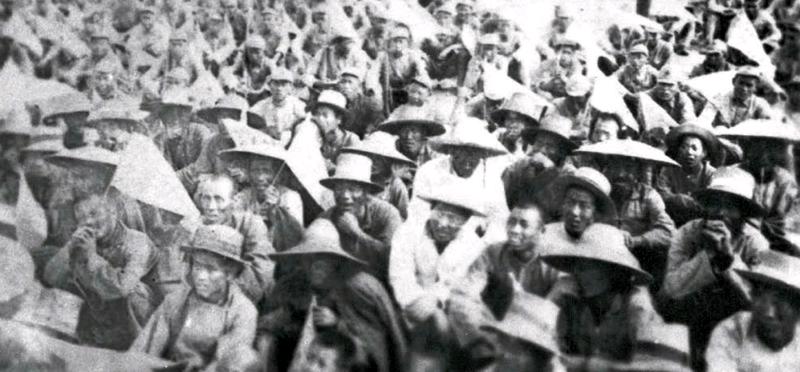
In recent years, more documents of the Japanese invasion of China have been constantly discovered and publicized. In 2014, for instance, 89 sets of related records were discovered and sorted by the Jilin Provincial Archives, which outline Japanese invaderscrimes in eight aspects, including Nanjing Massacre, forceful recruitment of comfort women, enslavement of laborers, and details of the Japanese armys many atrocities.
Changchun served as the capital of the Japanese puppet state of Manchukuo and the headquarters of the Japanese military police. A great number of archives detail- ing Japanese aggression were left behind after the war, which now serve as ironclad proof of Japans war crimes in China.
In 2015, the Chinese government purchased a digital copy of the color documentary Kukan, shot by American photojournalist Rey Scott 75 years ago. From 1937 to 1940, Scott paid four visits to Shanghai, Nanjing, Guangzhou, and Hong Kong, where he captured images of life during the war. On August 19 and 20, 1940, he documented Chongqing before and after bombing, with 17 minutes of footage.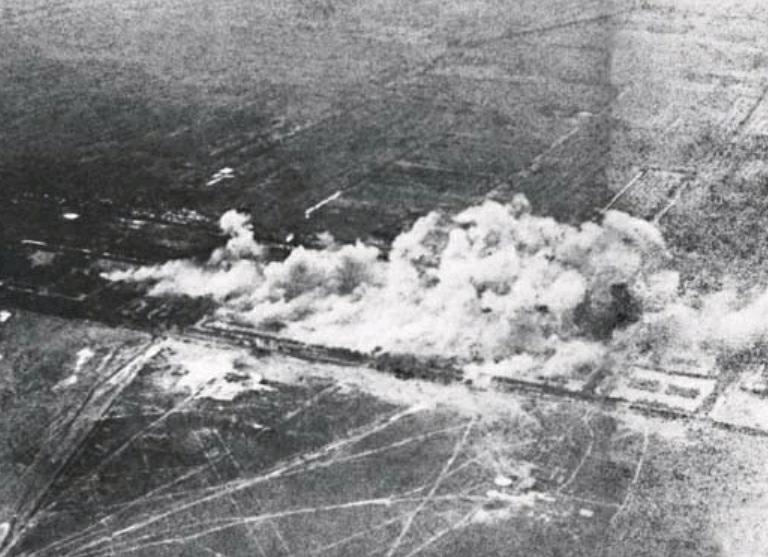
Kukan was lost after the war but brought to light in 2009. It hit theater screens after restoration by the Academy of Motion Picture Arts and Sciences.
As a major battlefield of the worlds antiFascist war in Asia, China sacrificed heavily and contributed tremendously to the Allied victory in World War II. Nevertheless, over the last few decades, historical facts have been selectively neglected by some countries during studies of war history. On October 17, 2013, The New York Times published a story, titled The Worlds Wartime Debt to China, opining that “Chinas resistance to Japan is one of the great untold stories of World War II.... It has received far less credit for its role in the Pacific theater than the United States, Britain or even the Soviet Union, which only joined the war in Asia in August 1945. The Chinese contribution was pushed aside soon after the conflict, as an inconvenient story in the neat ideological narrative of the Cold War.”
The Chinese contribution was “pushed aside” because the West wanted to steer the historical narrative away from recognition of Chinese accomplishments during World War II. All efforts and triumphs were attributed to only a few Western countries.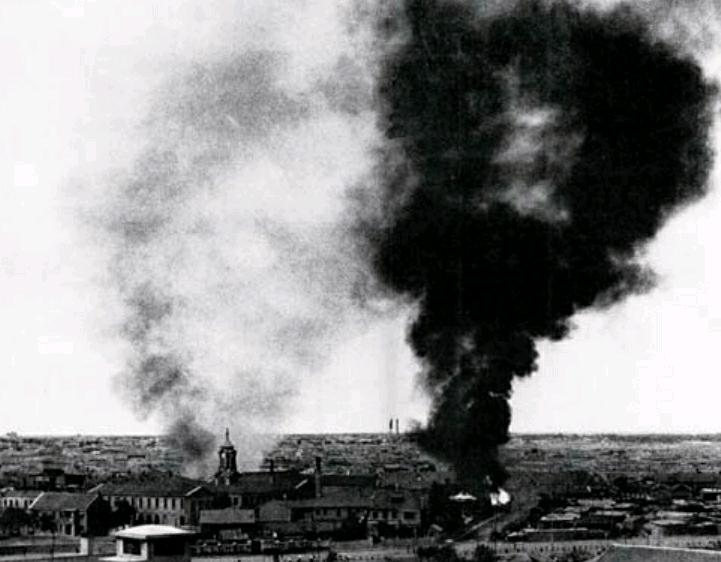
Such twisted history has been criticized by many foreign media pundits and experts in the study of World War II in recent years. Yuri Tavrovsky, professor of Russias Peoples Friendship University and historian of World War II, believes that Chinas contribution to WWII was multiregional, which can be evidenced in its strategic support to the Soviet Union.
After the outbreak of the Russo-German War in 1941, over half of Japanese military forces were deeply engulfed in battles in China and unable to support German attacks. George Tzogopoulos, a research fellow at the Athens-based Hellenic Foundation for European & Foreign Policy (ELIAMEP), a not-for-profit think tank, opines that it would be hard to imagine the results of battles in the West if China had not dragged the majority of Japanese resources into the battlefield in the East.
To review that seldom seen page of history, China Pictorial would like to share some photos of the Chinese Peoples War of Resistance Against Japanese Aggression, and the July 7 Incident of 1937 in particular.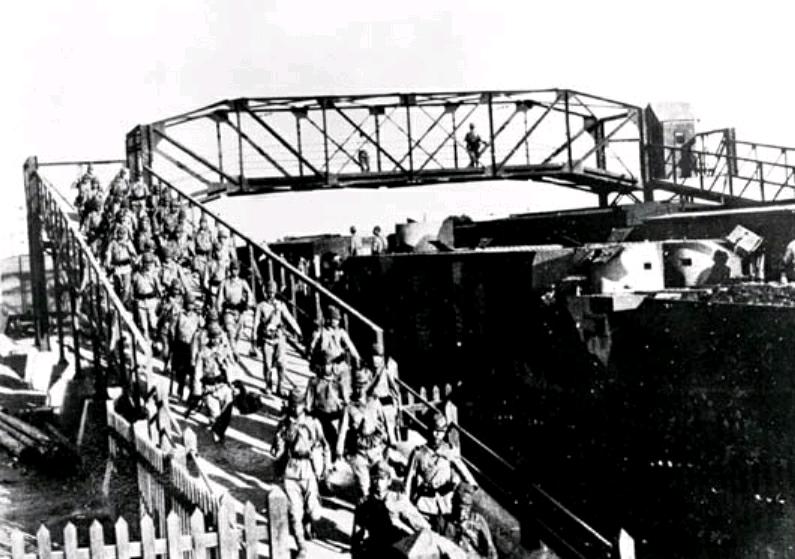
China Pictorial2015年7期
